Is crate training necessary for your dog? As a dog owner, you may have come across this question and might be curious about the ins and outs of crate training. In this comprehensive guide, we will delve into the world of dog training, debunk common myths, and provide you with step-by-step instructions to ensure a positive and successful experience for both you and your furry friend.
Key Takeaways from this Blog
- Crate training is a humane and beneficial management system for dogs, providing safety, housebreaking assistance, and a secure space to relax.
- Selecting the perfect crate requires considering size, type & location to ensure it’s comfortable for your dog.
- Crate training should be done with patience & consistency to create positive associations & address potential challenges.
Understanding Crate Training: The Basics
It is a management system that can be beneficial in achieving a variety of objectives, including house training, inhibiting destructive behavior, and instructing a dog to settle and relax. Crate training can facilitate the process of housebreaking puppies by helping them control their bladder and bowel muscles.
It can make the life of senior pets quite comfortable with its suitable resting space that can help reduce joint pains. Moreover, it can also help prevent the nighttime wandering of these pets and to conveniently transport them to their veterinary appointments. Crates can serve as safe havens for older dogs, particularly when surrounded by exuberant children or other dogs.
However, varying opinions exist regarding this training, with some critics labeling it as inhumane and potentially leading to behavioral issues in dogs. Ultimately, the success of crate training depends on proper implementation and understanding of your dog’s needs and preferences.
Meet: Redbone Coonhound
Debunking Common Crate Training Myths
There are several prevalent misconceptions regarding crate training, such as it being inhumane and harsh, dogs becoming distressed and discontented in the crate, and it not expediting the housebreaking process. In reality, when implemented correctly and affectionately, crate training can be a humane process. A crate-trained dog can benefit from having a safe and comfortable space to rest and relax.
Indeed, improper implementation of the crate training process can induce stress and lead to behavioral issues like anxiety, depression, and aggression in canines. However, with proper crate training techniques, dogs can form positive associations with their crate, making it a safe and inviting space to retreat to.
The Benefits of Crate Training
One of the most significant benefits of crate training is safety, as it can serve as a secure space for your dog to rest and relax. Dogs naturally seek out small spaces to create protective shelters for themselves, and crates can be beneficial as dog training tools for puppies, safe havens for senior dogs, and life-saving resources in emergencies. Moreover, utilizing a crate that is appropriately-sized encourages a dog’s instinct not to soil their sleeping area, thereby aiding in teaching bladder and bowel control and supporting the potty training process. The potty training process goes hand in hand with crate training.
Crate training can also provide dogs with a respite from a bustling household or a familiar place to rest in everyday situations. Crate training your puppy can help with housebreaking and establishing a routine, ensuring a more comfortable and well-adjusted life for both you and your happy dog.
Potential Drawbacks of Crate Training
Despite its apparent benefits, misuse of crate training can lead to potential drawbacks; an aspect that cannot be overlooked. Overreliance on the crate can result in not providing enough opportunities for socialization, exercise, and interaction during dog meals. Canines with digestive issues may become overwhelmed in the crate and consequently have an increased number of accidents, especially when crate training curious puppies who may explore and ingest items that could cause digestive issues.
Opponents of crate training argue that some individuals may utilize this method as a shortcut to training their puppies, rather than dedicating the necessary time and effort. Dogs are social animals and need attention and physical affection to build a strong relationship with their human owners. This bond helps create a unique bond which can be cherished by both the pet and its family members for a lifetime. Therefore, striking a balance between crate training and providing opportunities for interaction and socialization is crucial, even if this means temporarily crating your dog while you are away.
Meet: Rafeiro do Alentejo
Selecting the Perfect Crate for Your Dog
Choosing the right crate for your dog’s den also involves considering factors like size, type, and location. Various types and sizes of crates are available, including wire, plastic, and fabric crates. It is advisable to select a crate that is sufficiently spacious for your dog to stand, turn, and recline in a comfortable manner. Furthermore, it is advised to select a crate size that is proportionate to the adult size of the animal.
When choosing a crate, it should be spacious enough for the dog to:
- stand
- rotate
- stretch out comfortably
- recline for a rest
- have room for food and water
Crates, with a crate door for easy access, can be procured from local animal shelters or even rented if needed, making it convenient to crate train your pet.
Step-by-Step Guide to Crate Training Your Dog
The following sections offer a detailed, step-by-step guide to crate training your dog, encompassing everything from introduction to gradually extending crate time. This guide will help you ensure a positive and successful crate training experience for both you and your dog.
Introducing Your Dog to the Crate
It is recommended to position the crate in a comfortable and safe area of the house when introducing your dog to it. To ensure a stress-free introduction, provide your dog with treats and toys inside the crate, encouraging them to explore it. Additionally, it is recommended to allow the dog to enter and exit the crate freely, without closing the door.
To minimize startling noises and ensure a comfortable environment, a bed or mat that the dog is already familiar with should be placed inside the crate. Including a soft blanket or a hot water bottle with your scent can also help your puppy feel secure and comfortable in their new space.
Creating Positive Associations with the Crate
Fostering positive associations with the crate is key to ensuring a successful crate training experience. Here are some effective approaches to consider:
- Offer the dog’s meals in the crate, linking it with positive experiences.
- Utilize treats, games, and praise to create positive associations with the crate.
- Render the crate a pleasant and inviting space with cozy bedding and toys.
- Gradually augment the amount of time the dog spends in the crate to construct positive associations.
- Most importantly, never compel the dog into the crate or use it as a form of reprimand.
To cultivate positive associations, consider placing stimulating and engaging toys in the crate, such as the KONG Classic Dog Toy, interactive puzzle toys, and chew toys. These toys can provide entertainment for your dog and help reduce boredom while in the crate.
Gradually Increasing Crate Time
For a smooth transition, it’s vital to incrementally extend the time your dog spends in the crate. Once your pooch is consuming their customary meals in the crate without exhibiting any apprehension or uneasiness, you can begin confining them to the crate for brief intervals. Start by leaving the dog in the crate for short periods while you are at home, gradually increasing the duration of the separations.
If your dog whines, cries, or puts up a fuss in the crate, it is crucial to wait for even a few seconds of silence before opening the door. Consistency and patience are essential in conveying the message that calm behavior is necessary for being released from the crate.
Over time, your dog will learn to associate crating with positive experiences and become more comfortable with longer periods in the crate and become accustomed to a crate training routine.
Meet: Pyrenean Shepherd
Alternatives to Crate Training
If thistraining doesn’t suit you or your dog, several alternative methods exist. Designated puppy-proof rooms and baby gates can be used as alternatives to crate training. A designated puppy-proof room offers the puppy more space and freedom, whereas crate training is beneficial for house-training and offers a secure place. Ultimately, the decision should be based on the puppy’s needs and preferences.
Baby gates offer an alternative to crate training, allowing you to block off specific areas of your home, such as a kitchen or a hallway, wherein the dog may roam freely without being confined to a crate. This grants the dog more freedom of movement while still keeping them in a secure and controlled environment.
Addressing Crate Training Challenges
Common training challenges include crate aversion, behavioral issues, crate training regression, separation anxiety, inadequate instruction, and psychological issues. If your dog experiences separation anxiety during crate training, gradually and slowly introduce the crate, letting your dog explore it at their pace while associating it with positive experiences like treats and praise. Create a comfortable environment with soft bedding and familiar items, practice short separations, and seek professional help if needed.
If your dog resists the crate, try the following strategies:
- Place the crate in a spot that minimizes unnecessary stimulation
- Offer suitable chew toys to keep your dog occupied
- Introduce a blanket or other soft material to make the crate more comfortable
- Reinforce desired behavior with treats
- Consider crate training with enrichment activities, such as puzzle toys or stuffed Kongs
Remember, patience and consistency are crucial to overcoming crate-training challenges and ensuring a positive experience when you crate-train your dog. Consult with professional dog trainers if you need additional guidance.
Crate Training Tips for Specific Situations
Certain situations may necessitate specialized crate training strategies. For example, when training a dog recovering from surgery, it is imperative to provide:
- A spacious crate with ample head clearance
- A comfortable soft bed
- Draught-blocking blankets
- Nourishment and hydration
- Toys
The dog, especially adult dogs, may spend numerous hours in their dog’s crate, so comfort is paramount. It’s important to consider the dog briefly when selecting the right crate size, as many dogs have different space requirements.
When crate training rescued dogs, it’s important to follow these steps:
- Patiently and gradually introduce the crate, making it a cozy and positive space.
- Be patient, as some rescued dogs may have had adverse experiences in the past and may need additional time to become accustomed to the crate.
- Avoid accelerating the process and never reprimand or yell at the dog while training.
Summary
In conclusion, crate training can be an invaluable tool for both dogs and their owners when implemented correctly. With patience, consistency, and proper techniques, crate training can provide a safe and comfortable space for your dog while aiding in house training and other behavioral goals. Whether you choose to explore alternative methods, remember that the key is to create a positive and nurturing environment that caters to your dog’s needs and preferences.
Frequently Asked Questions
1. Is it OK not to crate the train?
It is not mandatory to crate train your puppy, however, most experts recommend that dogs learn it as part of housebreaking and for the pup’s overall well-being. It can be beneficial for both you and your pup.
2. What can I do instead of crate training?
You can choose to confine your dog in a dog pen or dog-proof room instead of this training. Additionally, hiring a pet sitter, or dog walker, or sending your dog to daycare are great alternatives that provide more freedom than a cage would.
3. Is it OK to let a puppy cry in a crate at night?
It is generally advisable to take a gradual approach to this training at night and ignore your puppy’s whines or cries for a small amount of time to see if they settle. However, if your puppy does not settle within a couple of minutes or wakes up after a few hours, take him out for a potty break and then put him back in the crate. Ultimately, taking him out now is best for the long run.
4. Is crate training cruel?
Crate training can be conducted humanely and affectionately when done correctly, providing a safe space for your pet to relax and be comfortable.
5. What are the benefits of crate training?
It offers numerous benefits for dogs, such as increased safety, a secure space, and easier housebreaking.
Interesting Reads:

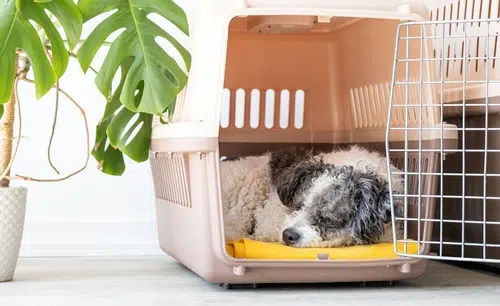
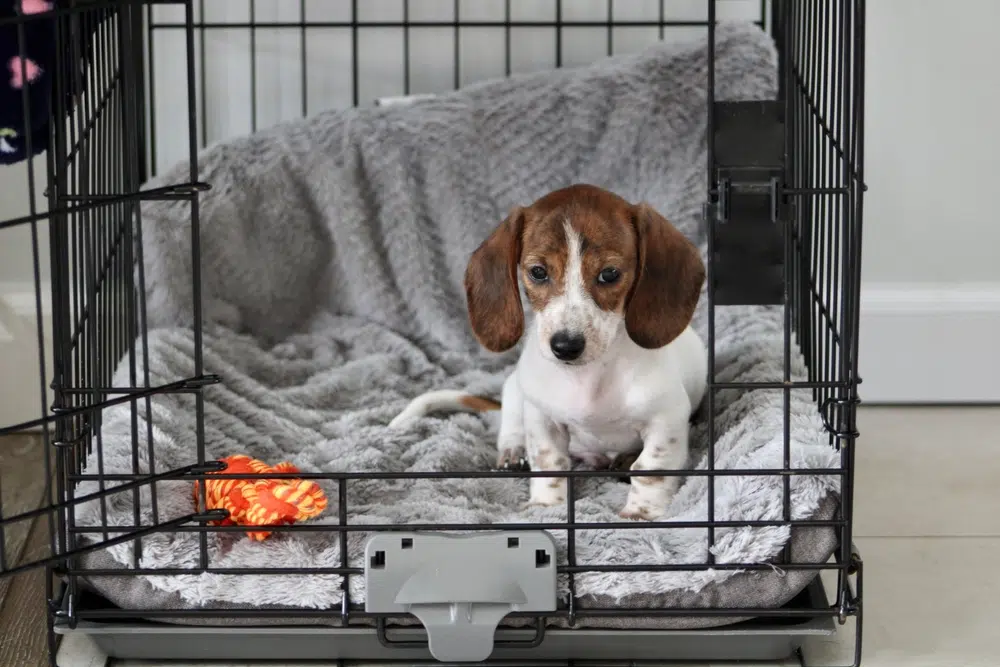

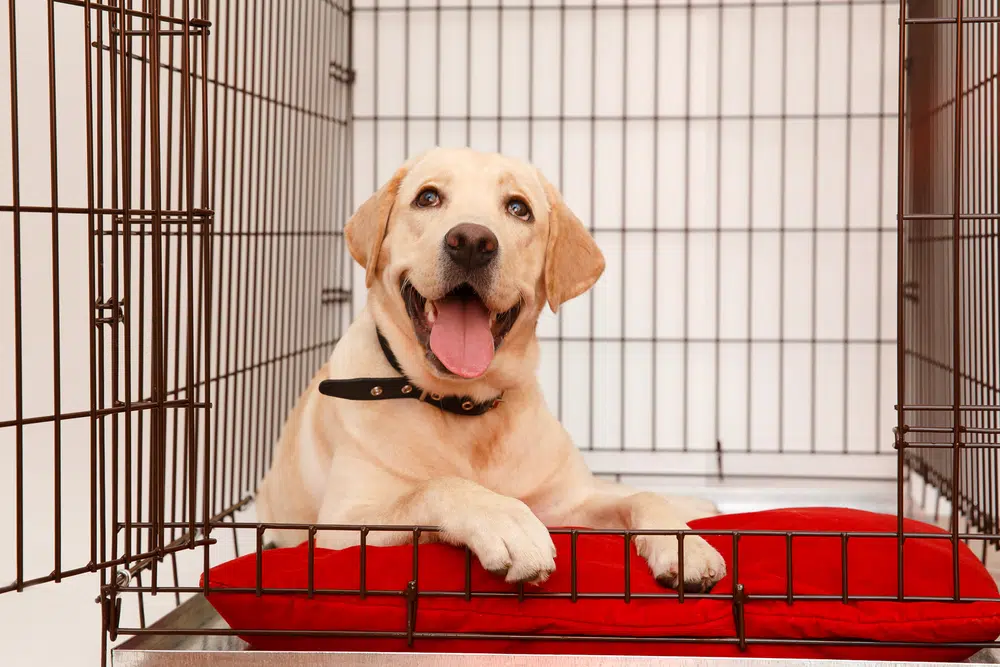

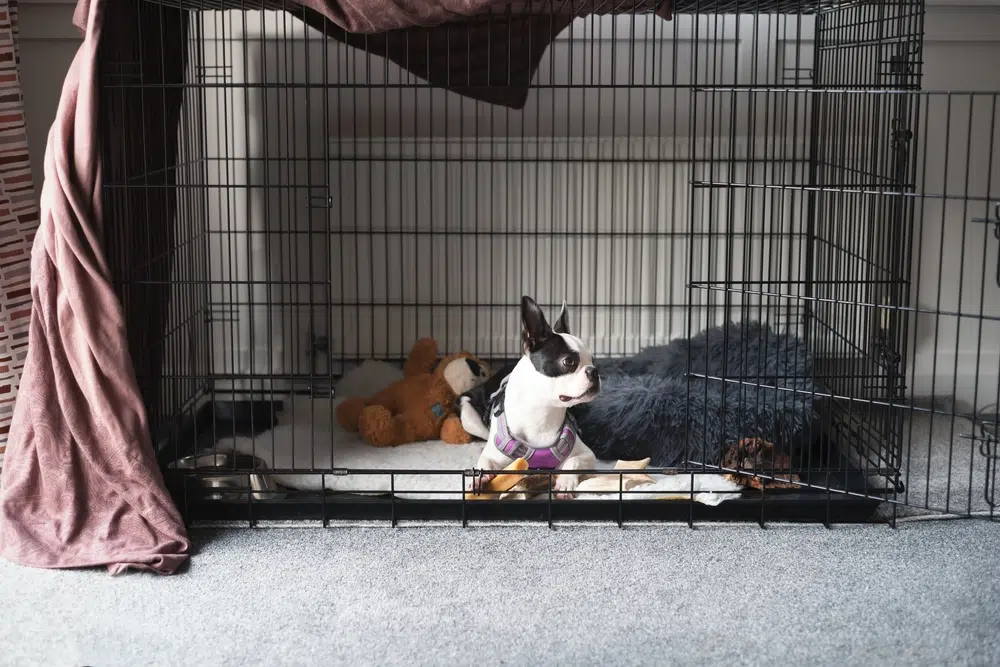
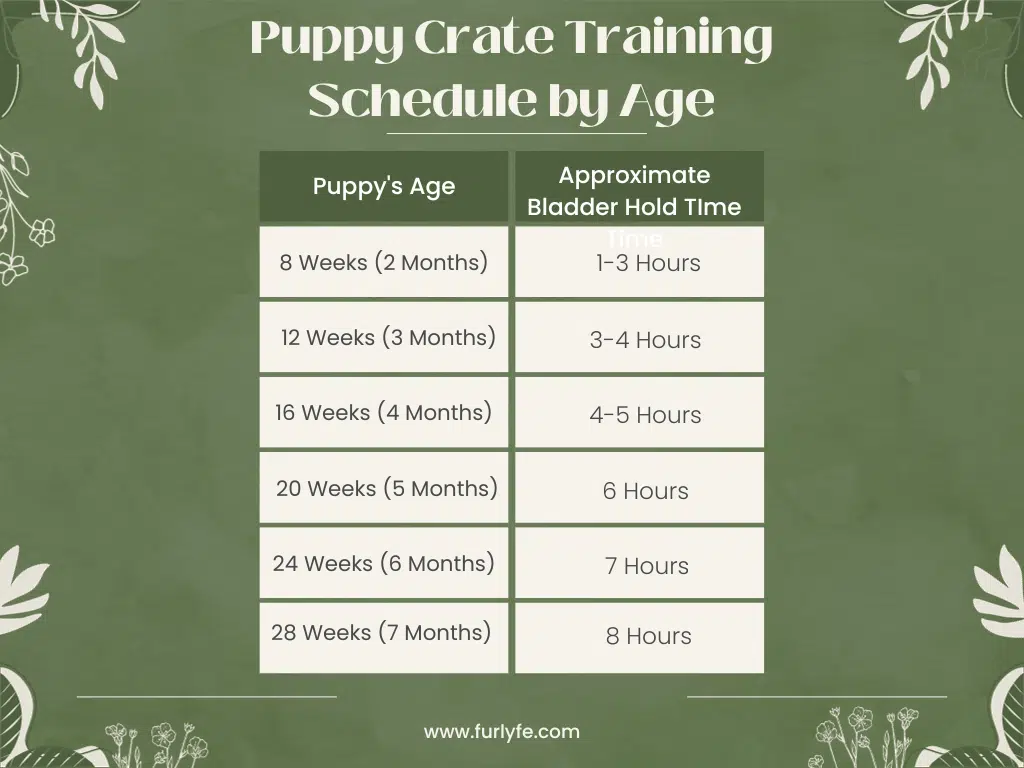

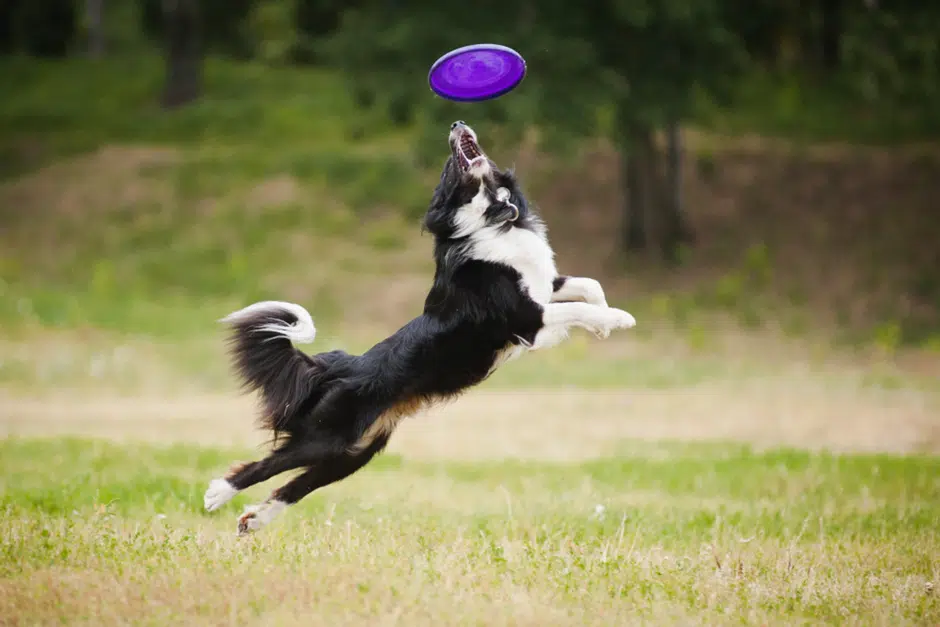
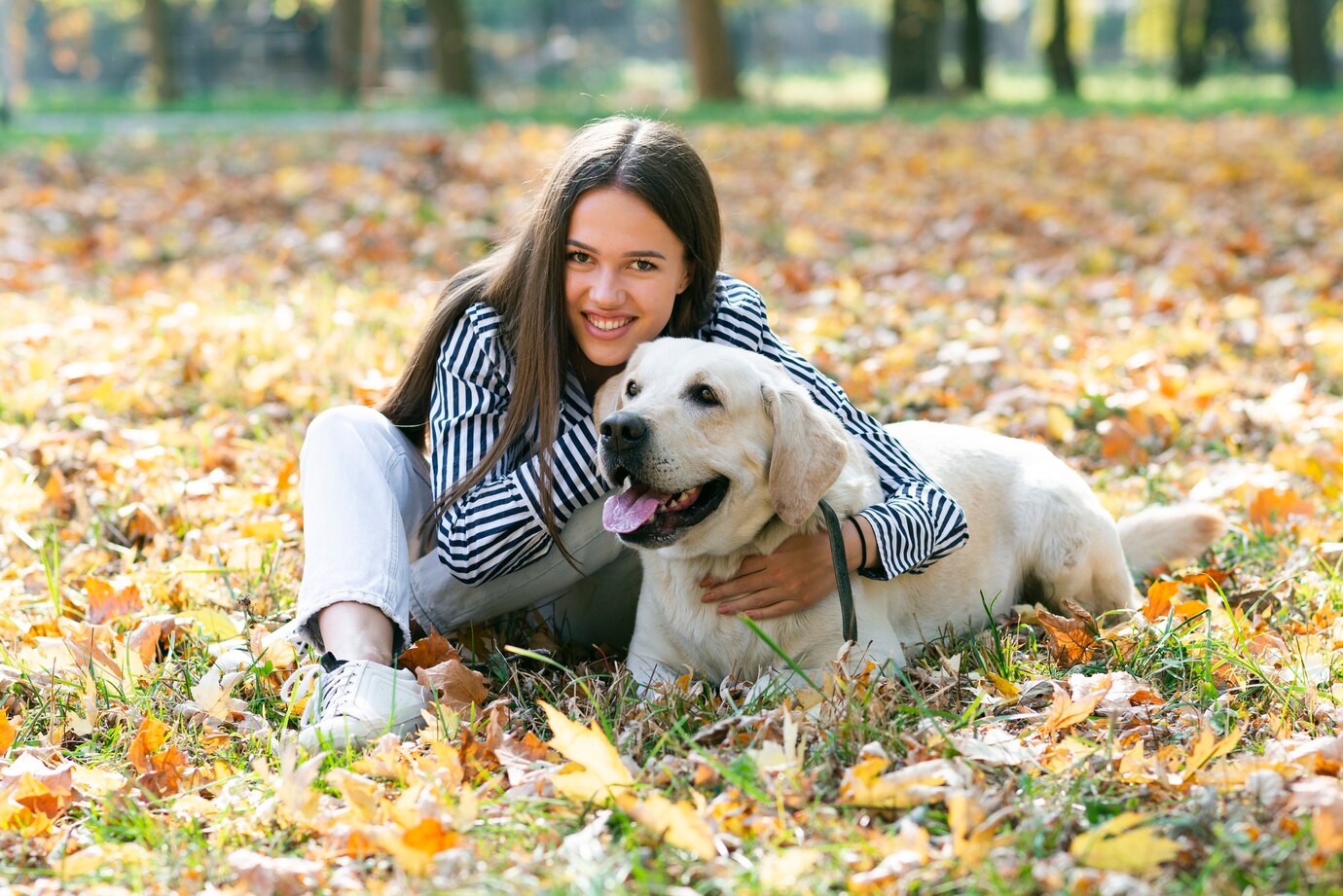
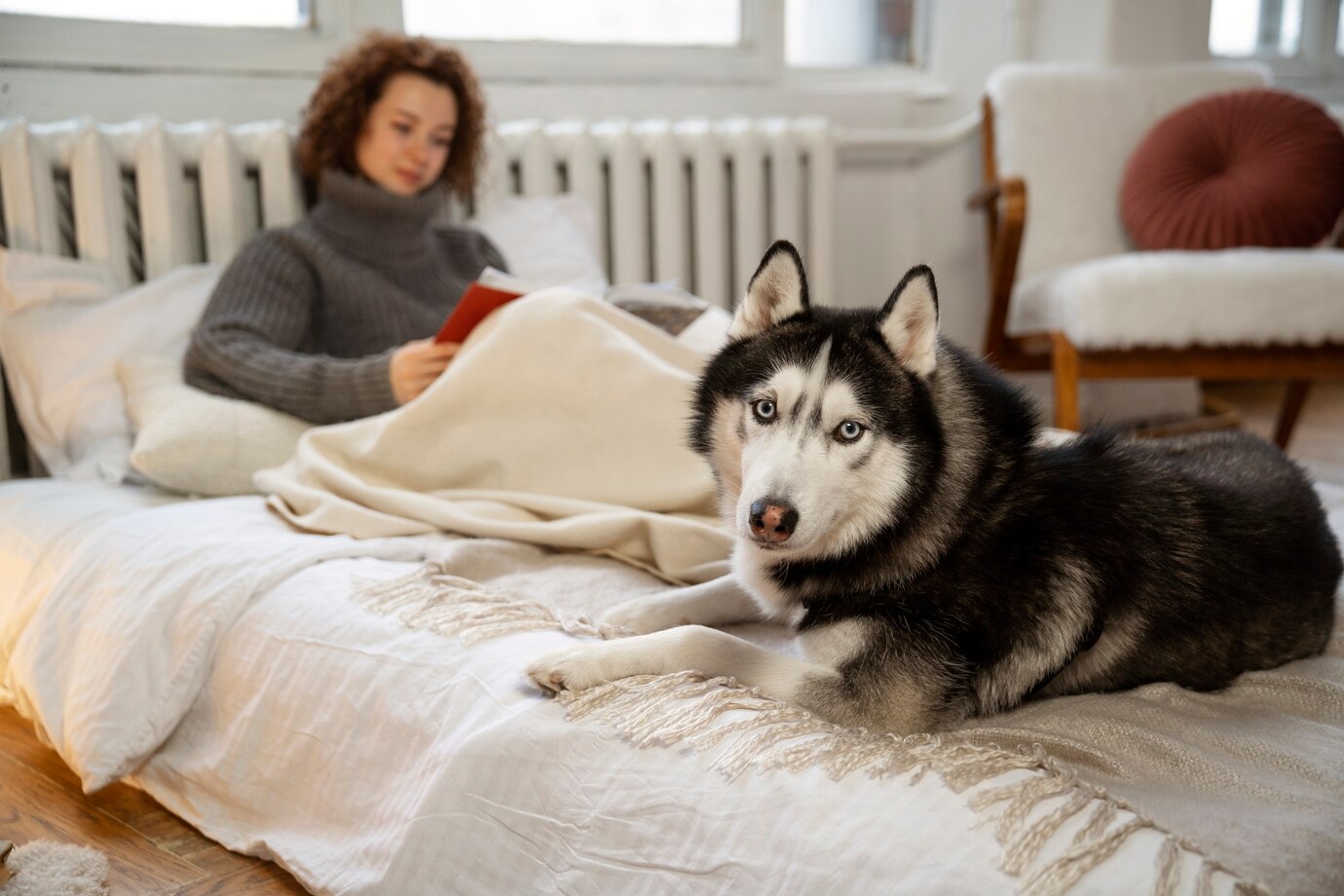



Get involved!
Comments